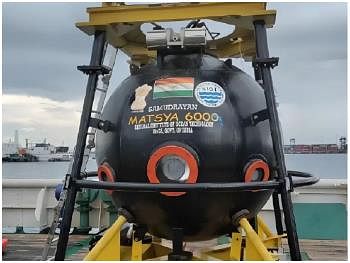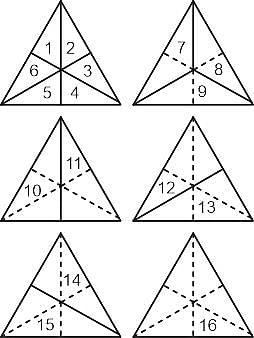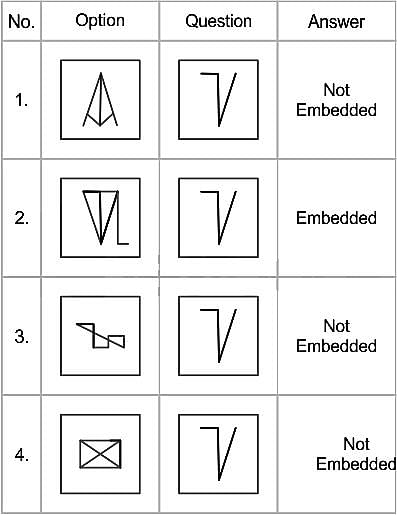RRB NTPC (CBT I) Full Mock Test - 8 - RRB NTPC/ASM/CA/TA MCQ
30 Questions MCQ Test - RRB NTPC (CBT I) Full Mock Test - 8
Directions: In question, a series is given, with one term missing. Choose the correct alternative from the given one that will complete the series.
CH7, GF4, ?, LY3, MT5
A sum of Rs. 12,000 amounts to Rs. 15,972 at a certain rate percent per annum in  years, when the interest is compounded half-yearly, What will be the amount of the same sum in same time and with the same rate, if interest is compounded annually?
years, when the interest is compounded half-yearly, What will be the amount of the same sum in same time and with the same rate, if interest is compounded annually?
 years, when the interest is compounded half-yearly, What will be the amount of the same sum in same time and with the same rate, if interest is compounded annually?
years, when the interest is compounded half-yearly, What will be the amount of the same sum in same time and with the same rate, if interest is compounded annually?| 1 Crore+ students have signed up on EduRev. Have you? Download the App |
A person covers the first 90 km at a speed of 40 km/h, the next 180 km at a speed of 60 km/h and the next 120 km at a speed of x km/h. . If his average speed for the entire journey is 57 km/h, then what will be the value of x?
km/h, then what will be the value of x?
Seven persons A, Q, E, F, L, M and C live on 7 floor building numbered as 1 to 7th floor from bottom to top. Bottom floor numbered as floor 1 and its above floor numbered as floor 2 and so on. Topmost floor numbered as floor 7. A lives on the 4th floor. Two persons live between A and F. M lives just above E. F does not live on the top floor. Q lives on the 2nd floor. L is not an immediate neighbour of Q and does not live on the top floor. Who lives on the top floor?
Which movie did Robert Downey Jr. win Best Supporting Actor for in the Oscars 2024?
Three statements are given followed by two conclusions. Assuming the statements to be true, even if they seem to be at variance with commonly known facts, decide which of the conclusions logically follow(s) from the statements.
Statements:
Some trains are buses.
No bus is a car.
Some cars are bikes.
Conclusions:
1. Some bikes are cars.
2. Some bikes are trains.
When was the National Urban Health Mission approved by the Government of India?
Two circles with centers P and Q of radii 6 cm and 4 cm, respectively, touch each other internally. If the perpendicular bisector of PQ meets the bigger circle in A and B, then the value of AB is:
The All India Forward Bloc was established by which of the following national leaders together with his followers in 1939, during British rule in India?
Three of the following four figures are alike in a certain way and one is different. Select the odd one.
________, the founder of Hyderabad state, was one of the most powerful members of the court of the Mughal Emperor Farrukh Siyar. He was entrusted first with the governorship of Awadh, and later given charge of the Deccan.
Which one of the following place is the confluence of the river Alakhnanda and the Bhagirathi?
Who has been appointed as the chairperson of the Central Board of Secondary Education (CBSE) in March 2024?
Which of the following is not valid version of MS Office?
Which of the following diagram shows the relationship between all these.
Ireland, Dublin, Greece
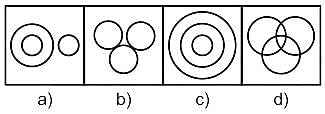
"Samudrayaan", India’s first manned mission to explore the deep ocean, is aimed
If 2x + 3y = 9, and xy = 3, what is 8x3 + 27y3?
_____ is calculated by dividing the nominal GDP in a given year by the real GDP for the same year and multiplying it by 100.
Two pipes can fill a tank in 20 hours and 24 hours respectively and a outlet pipe can empty 44 gallons of water per hour. All the three pipes working together can fill the same empty tank in 40 hours. What is the capacity of the tank?
How many triangles are there in the following figure?
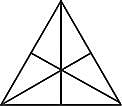
The given question consists of a statement, followed by two arguments numbered I and II. You have to decide which of the argument(s) is(are) 'strong' and accordingly select the correct option.
Statement: Should India start Covid-19 vaccination for the kids in the age group 2-12 years?
Arguments:
I. No, only very few countries have started Covid-19 vaccination for this age group.
II. Yes, suitable vaccine for kids of this age group has already been developed and found very effective in protecting them from Covid-19.
Match List-I with List-II and select the correct answer from the codes given below :
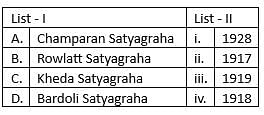
Which animal belonging to Phylum Coelenterata also known as the Portuguese man-of-war?
Select the option figure in which the given figure is embedded. (Rotation is NOT allowed).

In this question, a statement is followed by two conclusions. Which of the two conclusions is/are true with respect to the statement?
Statement:
E < T = D ≤ Q > Z = G
Conclusions:
I. T < G
II. Z > D
In the ninth century, the Pratihara Empire, the Pala Empire, and the Rashtrakuta Empire fought each other for sovereignty of northern India. This Tripartite struggle is also known as __________________.
Which article of the constitution of India is related to Comptroller and Auditor General of India Audit reports?



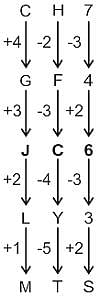

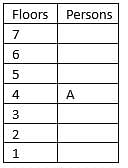
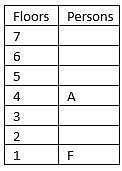
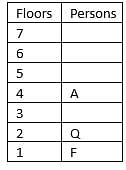


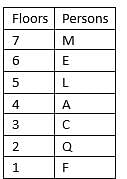

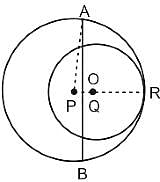
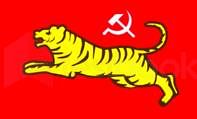
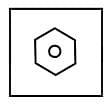 is an odd figure.
is an odd figure.

